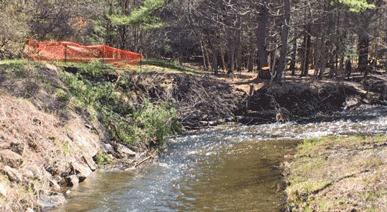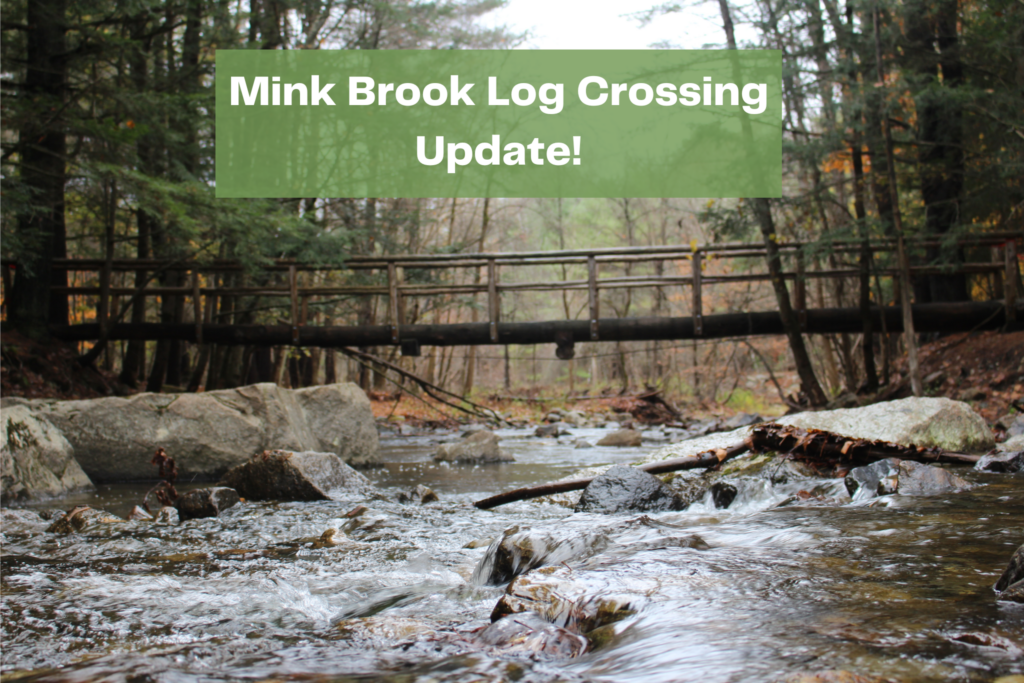
A 77 foot, 5 ton white pine has now made its way through downtown Hanover from Oak Hill to the Mink Brook Nature Preserve, courtesy of Chippers, Liberty Utilities, Lawson Crane & Rigging, Dartmouth College, Royal Trail Works, and loads of volunteers. It’s resting now at the Brook Road gate and offering a temporary exhibit on events in the life of Hanover and this tree while it was growing. Stop by to have a look! UPDATES POSTED HERE




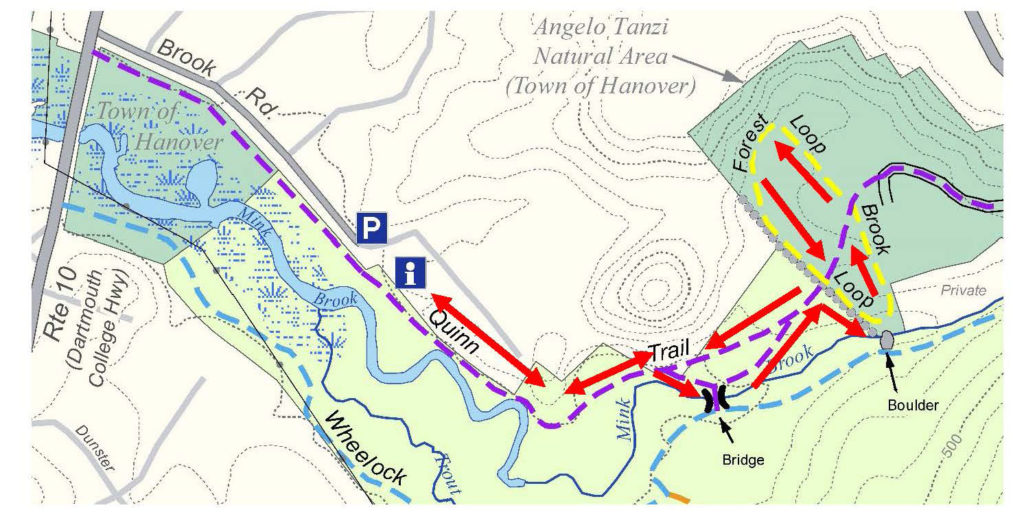
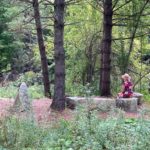
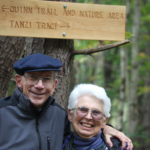


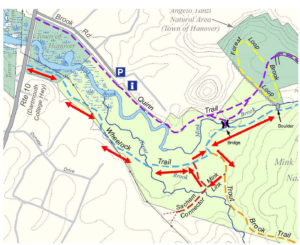
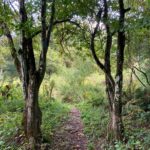
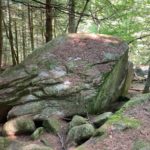
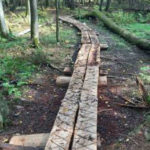
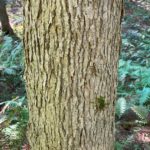

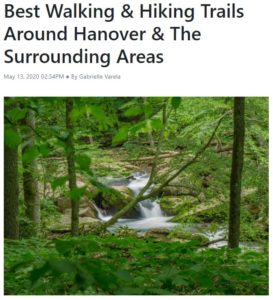 As a reminder, the Quinn Trail will be closed for repairs May 18-21, but all other trails are open and can be accessed from Buck Road, Sachem/DHMC/Boston Lot network, or Route 10 (park on grass just across from Pine Knoll Cemetery).
As a reminder, the Quinn Trail will be closed for repairs May 18-21, but all other trails are open and can be accessed from Buck Road, Sachem/DHMC/Boston Lot network, or Route 10 (park on grass just across from Pine Knoll Cemetery). 